Excerpt: Kunming Daily
Many of today’s travellers crave experiences beyond the usual sightseeing. More individuals are now seeking in-depth cultural immersion and activities that bring them closer to nature. In July, as the rainy season arrives, a multitude of wild mushrooms sprout. Riding the wave of Yunnan's popular tourism trend, travel companies have introduced a unique "One-Day Wild Mushroom Picking Tour in Yunnan," offering visitors a completely new travel experience.
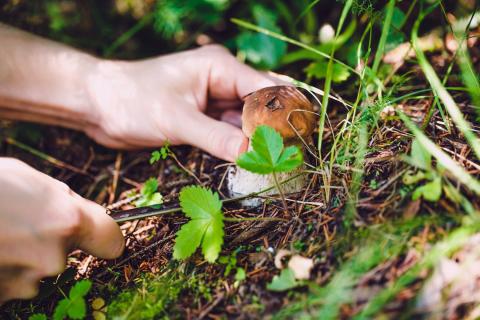
Yunnan is renowned as the "Kingdom of Wild Mushrooms," boasting around 900 species of wild edible varieties. During the summer, mushroom consumption becomes an integral part of Yunnan's lifestyle and even a symbol of regional culture. The mushroom have attracted numerous out-of-town visitors to Yunnan, eager to embark on a mysterious and enticing culinary exploration.
In recent years, during the "mushroom season" in Yunnan, various social media platforms have been flooded with related content, capturing the attention of tourists. Although the enthusiasm and curiosity for Yunnan's mushrooms are strong, visitors usually only get to savor wild mushrooms and don’t step into the natural environment where they grow, let alone experience picking them firsthand. Therefore, the 'Summer Mushroom Picking Tour in Yunnan' not only fills a market gap but also allows tourists to immerse themselves more deeply in Yunnan, accomplishing two goals in one.
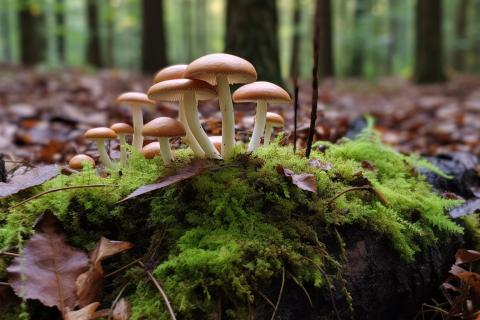
It's explained that the growth of wild mushrooms requires specific conditions such as altitude, sunlight, humidity, and vegetation. Generally, wild mushrooms are relatively easy to find in pine forests, birch forests, mountain forests, and grasslands. The chosen mushroom picking routes not only consider factors conducive to mushroom growth, but also the convenience of transportation to the destination.
Currently, Yunnan offers two types of tourism routes: the first targets out-of-province visitors and emphasises experiential mushroom picking, focusing on easily finding Yunnan's special mountain delicacies like mushrooms, ferns, and tree flowers. The second route caters to local customers and high-end clients, encompassing experiential mushroom picking with an emphasis on edible mushrooms. This route includes picking greenish-blue mushrooms, dry boletus, matsutake, porcini mushrooms, as well as digging for Polygonatum odoratum and harvesting wild tea. Additionally, visitors can enjoy a farmhouse mushroom feast and explore the local wild mushroom trading market. While the one-day wild mushroom picking tour ensures participants pick mushrooms, it does not guarantee that the mushrooms picked are edible.
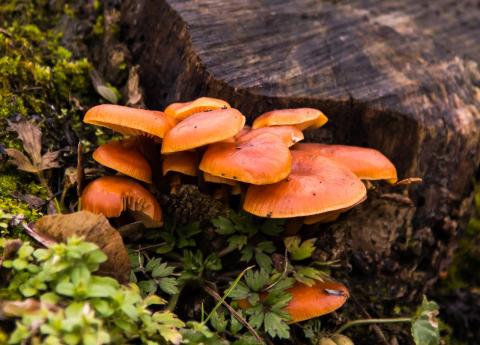
For many tourists, the opportunity to personally experience picking wild mushrooms is indeed intriguing. Not only does it offer physical exercise, but it also allows participants to explore the beautiful forests of Yunnan while searching for hidden wild mushrooms beneath grass, tree roots, and fallen leaves. During this search, visitors can learn about various mushroom species, their growth environment, and seasons, enhancing their knowledge of wild mushrooms.
However, recently, with the rise of the wild mushroom picking trend, there have been frequent online reports of accidents caused by careless mushroom picking. These incidents have raised concerns among tourists.
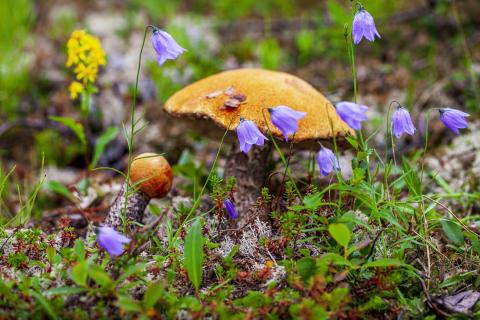
As a result, the existing tour routes need to include professional guides and mushroom experts to lead the way. The collected mushrooms need to be classified and explained, and tourists are generally not allowed to take the picked mushrooms with them to prevent accidental consumption. Moreover, before the picking activity begins, relevant information and instructions will be provided to the tourists. During the picking process, tourists are required to wear gloves when collecting mushrooms to avoid direct contact with the harvested mushrooms before handling food. Additionally, the collected wild mushrooms are gathered together to prevent accidental consumption. Most importantly, while in the forest, tourists must follow the direction provided by the guide to avoid getting lost. Furthermore, to prevent any negative impact on the local ecological environment, travel companies require tourists to take their rubbish with them, ensuring that the outdoor environment remains uncontaminated.
"During mushroom season, a more immersive experience involves going up the mountain to pick mushrooms. Picking mushrooms firsthand not only provides a direct view of freshly unearthed mushrooms, but to some extent, it satisfies our imagination about wild mushrooms," remarked a tourist who had participated in a wild mushroom picking experience. "After experiencing wild mushroom picking, I can understand the market price of wild mushrooms."
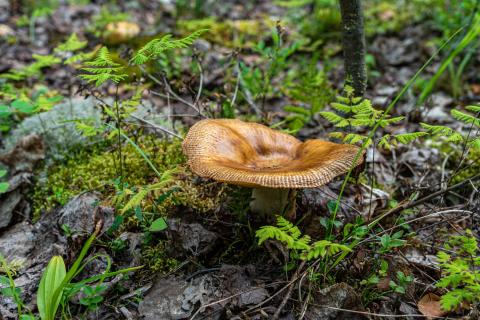
She indicated that this year's climate is relatively dry, and the rainy season in Yunnan arrived late, resulting in fewer wild mushrooms. Finding a suitable place for an experiential mushroom-picking journey where mushrooms can be found is indeed challenging. Moreover, picking mushrooms requires a high level of focus, with participants needing to scan their surroundings constantly while walking on mountain paths to spot which trees have mushrooms.
Wild mushrooms are often small in size and can be hidden by weeds or fallen pine branches, with only their umbrella-like caps peeking out, as if they fear being discovered. However, for those who enjoy nature and outdoor activities, experiencing the picking of wild mushrooms is an ideal choice. Even if participants don't find any mushrooms, these routes lead tourists into forests, mountains, grasslands, and other natural environments, allowing them to explore the habitat and rich biodiversity of wild mushrooms, to learn to identify different species of wild mushrooms, savor local specialties, and engage in a unique tourism experience.
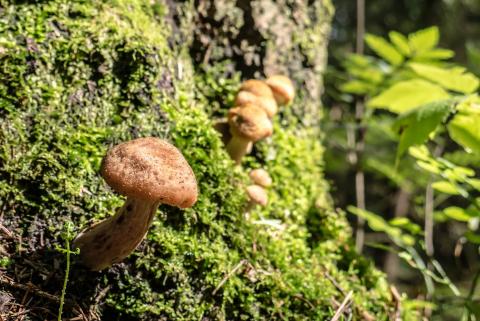
Special Reminder
Picking mushrooms requires skill; it's best for tourists to join organized tours.
It should be noted that the easiest and safest way for out-of-town tourists to pick mushrooms is to join a local guided tour and follow their lead up the mountain. Attempting to go on your own has several drawbacks: firstly, finding places with mushrooms can be difficult, and secondly, distinguishing between mushroom species and their characteristics, such as toxicity and edibility, can be challenging. Moreover, wild mushrooms often grow in remote and rugged mountain forests. Venturing into such areas alone can lead to getting lost and unsafe situations. Local guides, on the other hand, possess extensive experience and are familiar with several well-established mushroom picking routes. They ensure both the safety of tourists while climbing and provide valuable insights.

